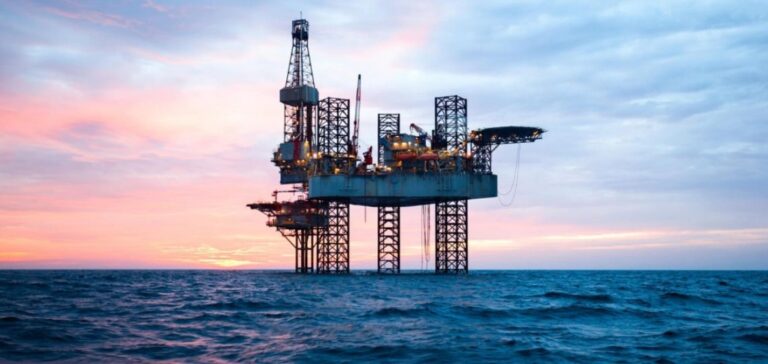As part of the Biden-Harris administration’s goal to deploy 30 gigawatts (GW) of offshore wind energy capacity by 2030.
BOEM focuses on robust, transparent offshore wind planning
The Bureau of Ocean Energy Management (BOEM) today announced three latest offshore Wind Energy Areas (WEAs) in Delaware, Maryland, and Virginia. They were developed following extensive engagement and feedback from states, tribes, local residents, ocean users, federal government partners and other members of the public.
If fully developed, the final AEFs could support between four and eight gigawatts of power generation. The three FEAs total approximately 356,550 acres. The first MEA (A-2) covers 101,767 acres and is located 26 nautical miles (nm) from Delaware Bay. The second WEA (B-1) is 78285 acres and about 23.5 nm off Ocean City, Md. The third WEA (C-1) is 176506 acres and located about 35 nm from the mouth of the Chesapeake Bay, off the coast of Virginia.
“BOEM values a robust and transparent offshore wind planning process, which requires early and frequent engagement with tribal governments, the Department of Defense, NASA, other government agencies and ocean users,” said Liz Klein, BOEM Director.
“We will continue to work closely with them and all interested stakeholders as we move forward with our environmental review. “
On August 1, 2023, BOEM will publish its notice of intent to prepare an environmental assessment of the potential impacts of leasing offshore wind turbines in the Federal Register. This will launch a 30-day public comment period. Another public consultation period would be held. Only if BOEM decides to go ahead with a lease sale in one of the AEFs.
Direct stakeholder involvement in the ocean planning model
BOEM has joined forces with the National Oceanic and Atmospheric Administration’s National Centers for Coastal Ocean Sciences (NCCOS). To develop a comprehensive ecosystem-based ocean planning model that facilitated the selection of the final FEAs.
This model takes advantage of the best available data on natural resources. As well as ocean industries such as fisheries and power generation, and national security activity zones to identify areas with high wind energy potential. All the while reducing potential impacts on other ocean users and sensitive environmental resources.
This comprehensive approach has not only provided valuable information on the seascape and uses of the ocean region. But it also facilitated greater transparency and positive coordination with government partners. Aisni, that ocean stakeholders through direct engagement and integration of their feedback.
BOEM identifies eight wind energy projects on the US Outer Continental Shelf
On November 16, 2022, BOEM announced eight EE projects on the U.S. Outer Continental Shelf offshore North Carolina, Virginia, Maryland and Delaware. Covering approximately 1.7 million acres. The EE drafts represented a subset of the original 3.9 million acres. Which the Home Office has identified for public consultation in April 2022. The last AEFs are found in relatively shallow waters. Once further studies of these areas have been carried out. BOEM could identify other FEAs in deep-water areas. Particularly off the central Atlantic coast of the United States for future rental.
As part of BOEM’s ongoing coordination with the Department of Defense and NASA. A thorough review of AEM B-1 will continue to determine whether their activities could coexist with the development of wind energy. The Bureau of Ocean Energy Management will use the results of the final evaluation by the Department of Defense and NASA. To determine whether WEA B-1 should be included in a potential lease sale.
There would be another public consultation period. Should BOEM decide to go ahead with a lease sale proposal. If the WEA B-1 zone is included in a proposed lease sale, we would identify any mitigation necessary to inform bidders prior to a future sale.






















